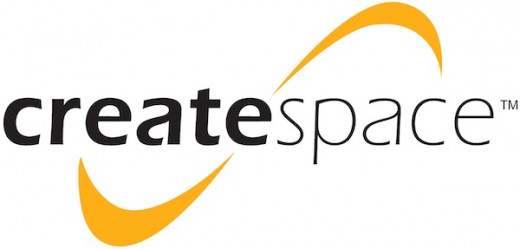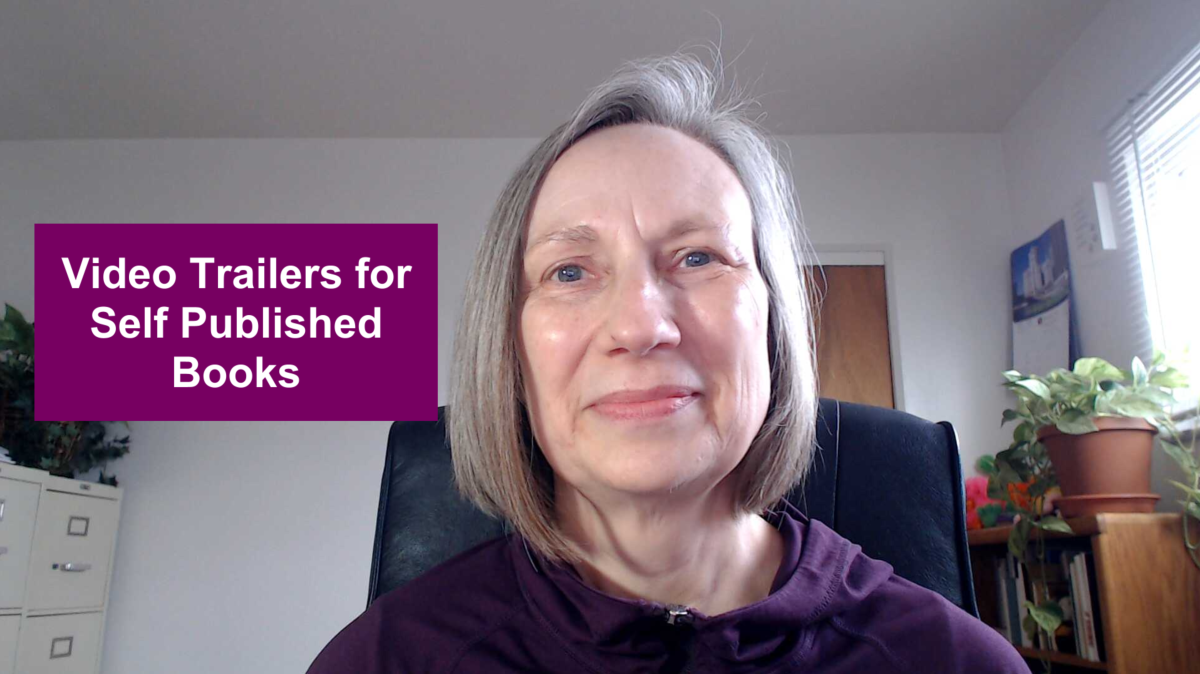- HubPages»
- Books, Literature, and Writing»
- Commercial & Creative Writing»
- Making Money as a Writer
Publishing with Kindle Direct Publishing and Createspace.

Drop by my blog!
- FreedomRedux
Freedom Redux is a novel series set in 2049; the US is ruled by an opressive regime and freedom has been lost. Read the story of the battle to regain liberty!
In the past few years, we have seen a revolution in the publishing industry. For the longest time, to become a published author you needed to spend countless hours submitting manuscripts to the various publishing houses throughout the country. If you were lucky, after a few years one of the gatekeepers of published content would grudgingly publish your book. Decisions were made not on the quality of the book or how intriguing the manuscript but on the size of the profit margin the publishing house expected from the manuscript.
But not today. Due to the technological revolution, anyone can have their work published. E-books are on their way to replacing the budget paperbacks that were often found in grocery stores and supermarkets. Likewise, the advent of print on demand (POD) publishing has allowed individuals to publish novels and nonfiction books that the big boys of publishing wouldn't touch. While some argue this has allowed some absolute trash to be published (and I have seen some real garbage out there), I like the idea that the reader gets to decide what is a good or bad novel, not some third party.
In this article, I will talk about my experience publishing my novel Escape to Freedom. I published the novel in both e-book and paperback form. The e-book was published through Kindle Direct Publishing (KDP), while the paperback was published through CreateSpace. Both of these companies essentially allowed me to publish my book free of cost, save for the cost of editing, cover design, and marketing.
First thing that I will like to point out when self-publishing novel is that you will do all the work yourself. Now, that may mean you sub out some of the work to experts, or that may mean you do every single thing yourself (something that I do not recommend). In either case, it is important to remember that in self-publishing, if something goes wrong it is all on you.
I'm not going to talk about the process of writing the novel; that is another story on another subject for another time. But I would like to speak briefly about editing. Many people believe that they can self edit. Even more believe that their buddy who is a high school English teacher can do the editing. Let me be quite frank; both of these are absolute no-nos. You need someone who is a professional editor, which will cost you money. There are lots of freelance editors out there, some are extremely expensive some not so. If you have other friends who are authors, I would suggest talking to them about who they would recommend. Odesk and Elance are also good places to look for editors; in fact the editors that I have used in the past were both originally hired through Odesk. Just be careful when you're on these websites, as you will find bad editors as well as good.
I took a two-pronged approach to editing my book. I first started by collecting a group of beta readers. This was a group of twelve people who had agreed to read my book and give me their opinions. Each individual was given half the novel, (either the front or back half) and asked to have this return to me within two weeks with notes and comments. What I was looking for was not a search for spelling and grammar mistakes but content. Did the story flow well? Was there anything that did not make sense? Were the characters believable? What could be done to improve the story? As payment, I gave each of the beta readers a signed copy of the paperback on publication.
After making the changes that the beta readers had suggested, the manuscript went to my editor. After reviewing and implementing changes the editor had suggested, I was finally ready to publish the novel.
I started by publishing my book on Kindle. The process was to fairly easy. Go to the Kindle Direct Publishing website, sign in using your Amazon.com login and password (or create a new one), and upload your files. KDP recommends uploading HTML, .doc, or .docx files for the best conversion. I uploaded my files as HTML, and the process went smoothly, with no conversion errors . After uploading the text file, upload your cover image. From this point on, simply fill out the questions asked by KDP (title, DRM rights, author name, book price and so forth). When finished, simply press the "save and publish" button, and within 24 hours your work will go live on Amazon.com.
Publishing my paperback with CreateSpace was far more frustrating and time-consuming than publishing to KDP. To be really honest, the reason for the frustration was mostly my fault. I insisted on doing all the formatting myself, not realizing how time-consuming the process could be. I had to rework the margins several times, add blank pages so my chapters would always begin on the right-hand side, and adjust the gutter settings (the gutter is the extra margin added to the side of the page that will be bound). I would like to add that CreateSpace offers a service that will do this formatting for you. Hindsight being 20/20, I will use the service on my next novel.
.
The frustrating part was that anytime you made any adjustment you had to go through the entire manuscript again to make sure the changes did not upset the setting somewhere else. For example, I added drop caps to the beginning of each of my chapters (if you are unfamiliar with drop caps, this is when you begin each chapter with an oversized letter). The extra size of the drop caps lengthened my chapters, so I had to go through and add blank pages to force chapter beginnings to the right hand side. These extra pages lengthened my document, which meant my gutter had to be adjusted. After adjusting my gutter, I had chapters which were now longer in pages, so some of my blank pages needed to be removed, and some added in other places. As you may have guessed, this caused another chain reaction of checks that had made, which caused more changes, which caused more checks ... I think you get the idea.
For their part, the CreateSpace website is very easy to use. After setting up an account, simply follow the instructions. After uploading both your cover and your manuscript you will have the option of viewing an online proof or having a printed proof mailed to you. Even though the printed proof is fairly expensive, I highly recommend getting the printed proof and going over it meticulously. In my case, it took three proofs before I got the book right. After you approve the proof, your novel will appear on Amazon.com within the next 48 hours. If you have selected for your novel to be distributed to other booksellers it will be an additional 4-6 weeks before it is available on these other networks.
So will I use CreateSpace and Kindle Direct Publishing again? Absolutely! For starters, no other publisher can match the prices. My Kindle book was essentially free to publish; CreateSpace costs me about $90 in proofs. And no other print on demand publisher can match CreateSpace's pricing for authors; authors pay printing cost plus shipping cost for their copies. This means the paperbacks I sell myself yield a profit margin of approximately 400% and are still below Amazon.com's price.
I hope you have enjoyed this article. Have you published with either KDP or CreateSpace? If so, please comment on your experience! Also, I am currently working on articles that explain how to do the formatting for both KDP and CreateSpace, so keep your eyes open for them. Have a great day!
Here are some other hubs you may enjoy!
- Finding the Time to Write
- USING SCRIVENER TO WRITE YOUR NOVEL
- LibreOffice Review
- Free Alternatives to Microsoft Office
- USING STYLES TO CREATE A TABLE OF CONTENTS IN WORD 2007
A short tutorial explaining how to generate a table of contents using Microsoft Word 2007.



